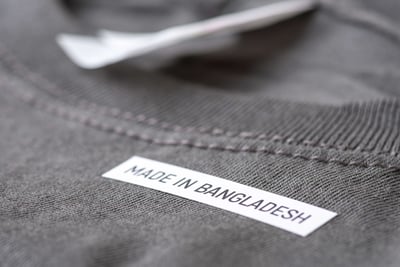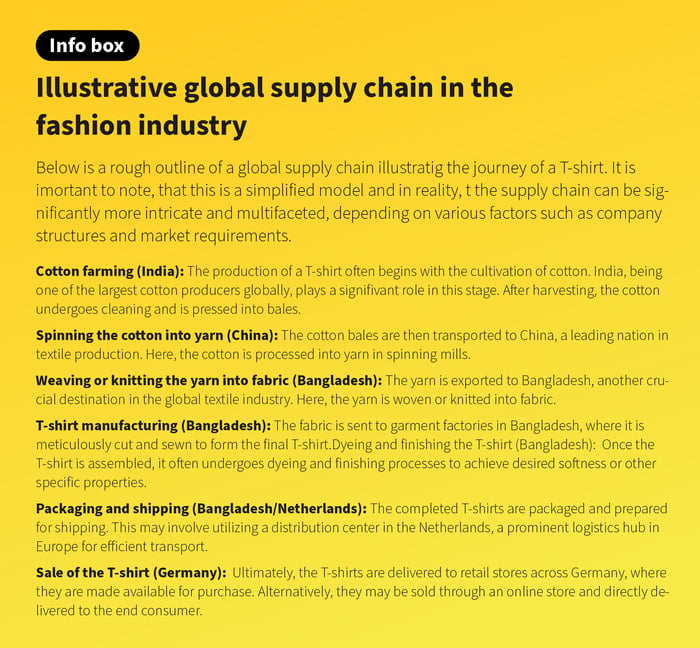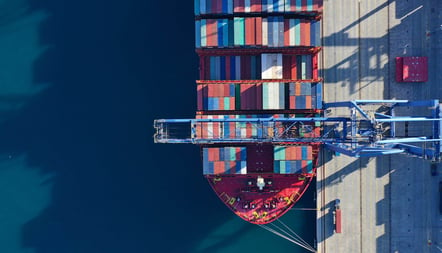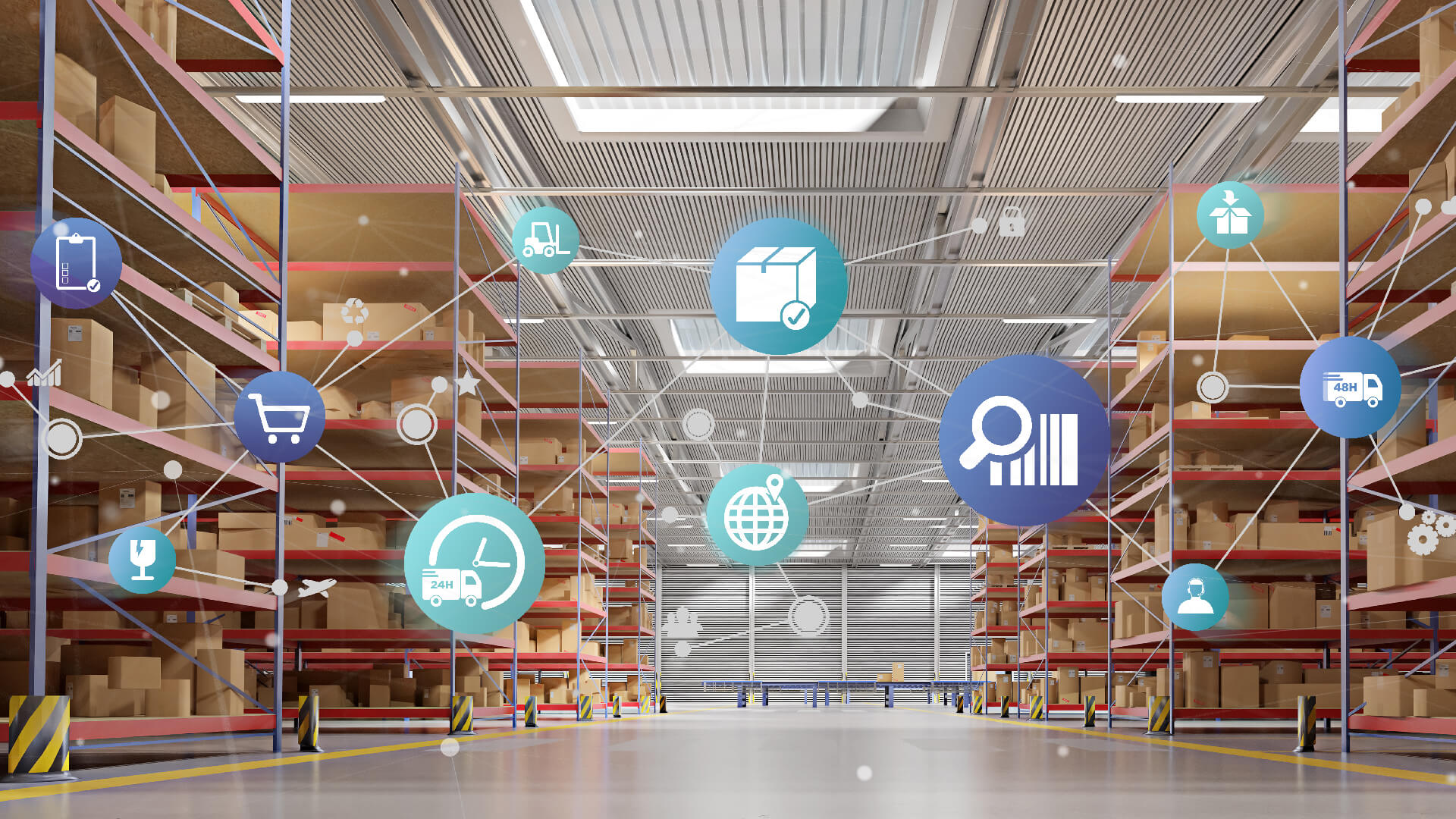Supply Chain Collaboration: How fashion companies achieve transparent supply chains
Collaboration with retailers and suppliers is extremely complex in many industries, but especially in the fashion industry. Especially with a global supply chain, it is difficult for companies to keep track of and monitor the individual production steps of suppliers and their upstream suppliers. This is the only way to identify potential risks such as supply bottlenecks, quality issues or supply chain violations early on and take appropriate countermeasures. In this blog post, we use the example of the fashion industry to explain how you can manage all these unique challenges when working with your suppliers.
Supply chain collaboration is crucial for business success, but it also presents challenges, but it also comes with several challenges. Textile supply chains are complex, involving multiple steps from raw material extraction to the finished garments often spanning multiple countries. As the network of suppliers involved in production expands, processes become more complicated, opaque and time-consuming. Often, the systems of the companies involved in the supply chain are not compatible or integrated. This leads to information gaps, redundant data management and inefficiencies. Different business practices, regulatory requirements and quality standards can further complicate supply chain collaboration.
Serious consequences for supply chains
 In addition, fluctuations in demand and unpredictable events such as natural disasters or pandemics can cause disruptions in the supply chain. Not only were the electronics and automotive industries negatively affected by Corona, but the fashion industry was also significantly impacted. International retailers canceled their orders with textile producers at short notice, resulting in many textile factory workers losing their jobs and, in most cases, their livelihoods. Moreover, the demand for apparel plummeted, leading to a decline in consumer spending on fashion.
In addition, fluctuations in demand and unpredictable events such as natural disasters or pandemics can cause disruptions in the supply chain. Not only were the electronics and automotive industries negatively affected by Corona, but the fashion industry was also significantly impacted. International retailers canceled their orders with textile producers at short notice, resulting in many textile factory workers losing their jobs and, in most cases, their livelihoods. Moreover, the demand for apparel plummeted, leading to a decline in consumer spending on fashion.
To effectively respond to unpredictable changes and enhance the resilience of the supply chain, close cooperation and efficient communication between partners are essential. For this reason, and to address human rights abuses, the Supply Chain Act came into effect at the beginning of the year. - Initially applicable for companies with over 3,000 employees, for the act will gradually extend to smaller companies in the coming years, enabling them to fully trace the path of their goods.
Transparency in textile supply chains and its benefits
Transparency, in the context of supply chain collaboration, refers to the ability of companies to gather and disclose information throughout all their supply chains, including the identity of suppliers, production locations, labor conditions and environmental impacts. Transparency, for instance, can aid in the identification and management of risks. For instance, companies that possess knowledge about the origin of their raw materials are better equipped to respond to shortages in supply or fluctuations in prices. On the flip side, transparency can also constitute a competitive advantage, as an increasing number of consumers value designations such as "organic" or "fair wear" and are willing to pay a premium for them.
Consequently, companies that can substantiate their responsible practices and exhibit traceability along the supply chain can cultivate a loyal customer base. Efficient and error-free communication with suppliers throughout the production processes leads to reduced risks across the entire supply chain. Consequently, an increasing number of fashion companies are striving to acquire visibility into production progress before the products proceed along the supply chain. This necessitates the ability to access information directly from the supplier during the production phase. One approach is to integrate supplier collaboration tools with production technology, such as camera systems. This enables automatic collection of data from the supplier, potentially using QR codes, eliminating the need for manual input of processes at each production step.

Expert interview with Francesco Melani
We spoke to Francesco Melani, product manager at REMIRA. He advises numerous Italian and European fashion brands on supply chain management, including in the premium sector, and knows what companies generally need to pay attention to in general and how they can achieve greater transparency through an optimal flow of information.
Why is it generally important for companies to receive information from suppliers during production?
"Ongoing relationships between a company and its suppliers are essential to maintaining supply chain flexibility and resilience. Particularly during the production phase, it is crucial for the company to obtain timely information from its suppliers. This allows them to promptly address new customer demands, monitor the progress of orders and furnish the necessary technical product documentation and shipping paperwork."
What are the options for integrating camera systems or production systems?
"During specific production stages, it may be necessary to analyze the duration taken by supplier or internal departments to complete a particular task. The IoT ssists us in automatically gathering this data by scanning designated elements such as QR codes on trays or boxes containing the components to be assembled. This enables us to record the time when they enter a particular workstation and halt the timer when they reach the subsequent workstation. In this way, data is collected on the time required to carry out certain operations and monitor the efficiency of the assembly line."
How has supply chain collaboration evolved over the past three years?
"The logistics and supply chain industry has undergone significant transformations in recent years, primarily due to the impact of the pandemic. COVID-19 has led to considerable delays in necessitating a heightened focus on supply chain management to ensure adaptability and swift responses to production disruptions. Furthermore, the importance of sharing detailed and accurate information with suppliers has grown, prompting closer collaboration with them. This approach allows companies to effectively address and, where possible, anticipate any adverse events that may arise during the production and shipping processes. A prime example of enhanced supply chain collaboration is the ability to adjust the priority of specific orders, maintain real-time visibility into production status and overdue items, facilitate pre-shipment approval procedures, and optimize container and shipping logistics."
How can companies achieve more transparency?
"Transparency means knowing exactly what is happening at each stage of the supply chain and being able to communicate internally and externally with all stakeholders. Companies can achieve more transparency when communication with their suppliers is smooth, easy and effective. Both, company and suppliers, benefit from collaborating on a shared platform: order confirmations and invoices no longer need to be sent manually, shipping notifications are created directly in the portal, labels are generated automatically, suppliers get a real-time overview of upcoming orders so they can plan their activities, etc."
How can information be shared during production?
"Information is shared between companies and suppliers through detailed documentation of production and orders (e.g., by sharing product data sheets), but also invoices, material certification and shipping are also shared thanks to the automatic generation of a packing list."
What is the objective of transparency?
"The objective of transparency is to enhance the level of service provided to the end customer. This enables timely identification of potential vulnerabilities, swift responses to shifts in customer demand, efficient management of outsourced production and confirmation of product quality before they reach the market. Supply chain transparency requires companies to know what's happening in the upstream supply chain and to share that knowledge both internally and externally."
Conclusion
 Global supply chains present significant challenges. From information sharing to regulatory compliance and supply chain law implementation, to unpredictable risks, logisticians and supply chain management specialists have their hands full managing value chains and all the interfaces and actors associated with them. Supply chain collaboration software helps to overcome the challenges posed by global supply chains. Software tools for digitizing the supply chain are an important approach to creating a high level of transparency and providing customers with customized overviews of orders, status and all other information about their goods from a single source - usually even in real time.
Global supply chains present significant challenges. From information sharing to regulatory compliance and supply chain law implementation, to unpredictable risks, logisticians and supply chain management specialists have their hands full managing value chains and all the interfaces and actors associated with them. Supply chain collaboration software helps to overcome the challenges posed by global supply chains. Software tools for digitizing the supply chain are an important approach to creating a high level of transparency and providing customers with customized overviews of orders, status and all other information about their goods from a single source - usually even in real time.
Would you like to learn more about supply chain collaboration or how you can improve transparency and communication in your company's supply chain? We would be happy to show you all the possibilities and optimization potential!
.jpg)

